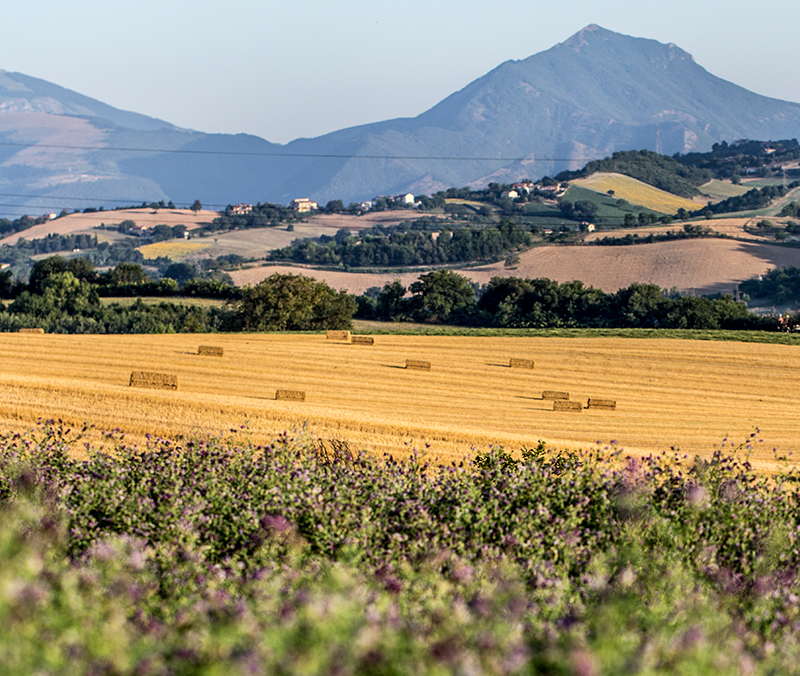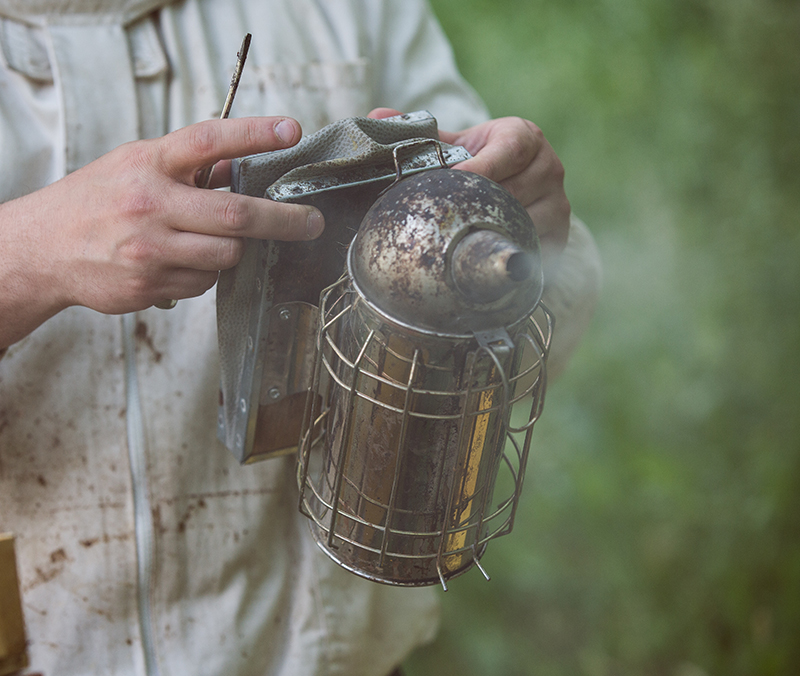Data
sheet
Country of origin
Italy
Production area
Marche/Lombardy
Flowering
April - May, nowadays; flowering tended to develop towards June in the past.
Origin
Flower nectar of Robinia pseudoacacia L. (characterizing pollen > 45% but high variability) and other plant species in non-majority quantities. Acacia is a large spontaneous weed or cultivated tree, which grows up to 25 meters in height. Its leaves are uneven consisting of 5-12 pairs of opposite leaves, among which are white and fragrant flowers gathered in clusters. Native to North America, Its habitat has been expanded to all continents.
Production method
Honey extraction from honeycombs (not containing brood) with closed cells, therefore with humidity ≤ 18%: removal, uncapping, centrifugation and decantation of honey, then potting. Intact packaging without rust spots, bearing labels showing the indications required by the law in force, including the identification of the production batch. No GMOs are present and no ionizing treatments are applied.
Organoleptic
Aspects
This honey is typically liquid and remains so for a long time; it may become turbid due to the formation of crystals given the high presence of fructose, but never completely crystallizes.
Visual Examination
Almost transparent to straw yellow color.
Olfactory Examination
Not particularly characteristic smell and of low intensity, generally very subtle: slightly floral, it may recall the scent of Robinia flowers which is extremely delicate, or even a pear jam.
Taste Examination
From slightly to reasonably sour. Very sweet, sometimes filling, with characteristic vanilla tones (although not very marked, as usual for this type of honey) reminiscent of a sugared almond. Poor persistence.
More info
Contraindications
Product abuse (more than 60 g per day) is not recommended. Allergy sufferers with high allergy occurrences (in particular hay allergy to Graminaceae, Cupressaceae, Betulaceae, Salicaceae, Fagaceae, etc.) should avoid the intake of any hive product, including honey, due to potential allergenic pollen contamination. Keep out of the reach children under the age of 3.
Recommendations for use
It is one of the most appreciated honey types, even by children, for its easy mixability and delicate taste which also qualify it as a simple sweetener. Its low acidity and warm aromas make it suitable for pairing with aged, savory and spicy cheese. Traditional Medicine gives it invigorating, liver detoxifying and intestinal regulating properties as well as an anti-inflammatory action on the upper respiratory tract.
Storage
It fears heat and humidity. Store in a cool dry place, away from direct light.
Packaging
Glass jar
Net weight
28gr
Certification
MiPAAF certified organic product, Inspected operator no. 44913.









